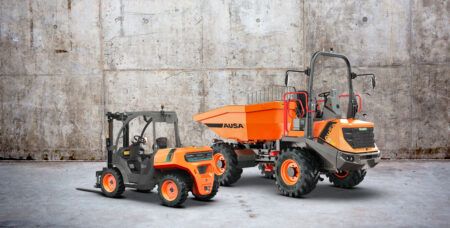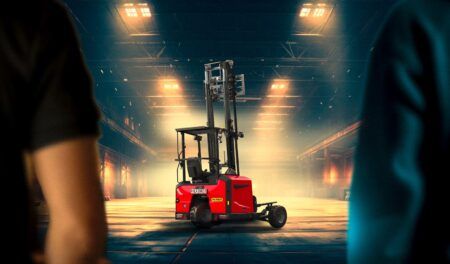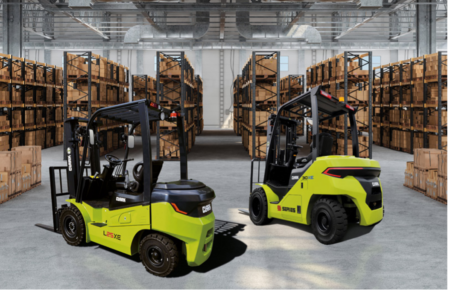The new EU standard EN1755:2015 is set to affect the design of materials handling equipment intended for use in Zone 21 and 22 hazardous areas, where powders and dusts are present. Food production and storage operations, the chemical industry, and many other manufacturing and logistics operations, will be affected.
Powders and dusts are found throughout industry as raw materials or as waste, the by-product of a production process. The majority are combustible, such as flour, cocoa, milk, polymers and sugar, however, carbon black, aluminum and other metals are conductive.
A risk assessment will define whether an area where powders or dusts are present needs to be classified as Zone 21 (higher risk) or 22. In classified Zone 21 or 22 areas, specially protected equipment should be used, categorized as either 2D or 3D respectively. Forklifts are no exception.
“A spark from unprotected electrical equipment on a forklift, excess heat from the engine, motors, brakes or other components, can ignite a layer or cloud of powder in the workplace,” said Steve Noakes (above), engineering manager for explosion protection conversion company Pyroban.
“EN1755:2015 will affect the design of forklifts used in Zone 21 and 22 areas in the chemical, food and drink supply chains, and in various manufacturing and logistics businesses,” said Noakes, explaining that EN1755:2015 is the standard by which conversion companies, like Pyroban, convert forklift trucks so that they are safe for operation in hazardous areas and comply with the ATEX 2014/34/EU directive.
Mandatory from November 2017, the update to EN1755:2015 titled Safety of industrial trucks. Operation in potentially explosive atmospheres. Use in flammable gas, vapor, mist and dust brings together the latest market knowledge and solutions and references the latest standards which were not available when first issued in May 2000.
The main changes include more detailed assessment of non-electrical components such as pumps and transmissions in line with EN13463. Safety control systems should also meet Performance Level PLc according to EN13849 or SIL 1.
With regard to static protection, standard seats and arm rests are still acceptable with no additional requirements for plastic parts on either 2D or 3D equipment categories. However, tires for machines travelling over 6km/h must be anti-static and there should be conductivity to earth via two straps or conductive tires.
“We want to make the transition as easy as possible for forklift suppliers, OEMs and users,” confirmed Noakes. “All levels of the supply chain need to be aware of the changes well in advance.”
October 28, 2016




